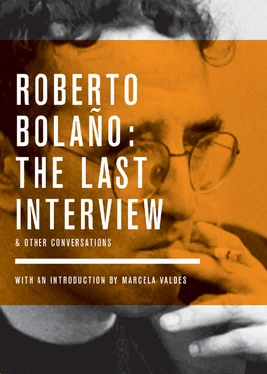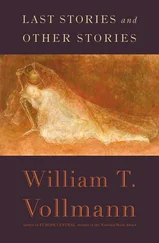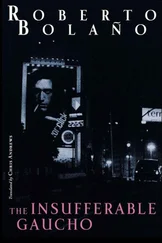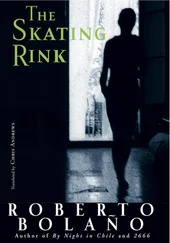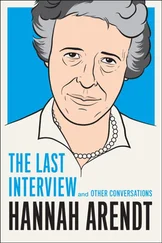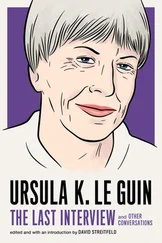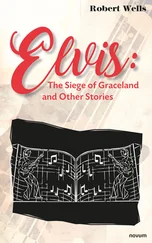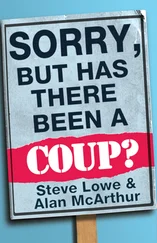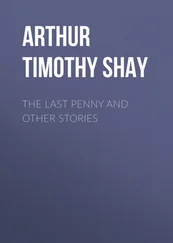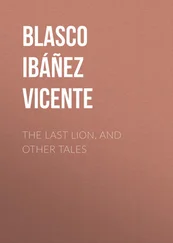For the next two months, González Rodríguez lived like a zombie, writing reviews, editing his section and going out with friends even as his vision clouded, his speech slurred and his memory disintegrated. Finally, on August 11, when he couldn’t even brew a cup of coffee in his own home, two friends from Reforma rushed him to a hospital, where he had emergency surgery to remove a life-threatening hematoma that was pressing on his brain.
Against all expectations, he made a complete recovery, but the beating marked a turning point in his life. Before the attack, González Rodríguez had had problems with his home and cellphones — strange noises, deficiencies in service. After, he was often followed. His friend Paola Tinoco recalls that whenever she and González Rodríguez ate in a restaurant in the months following his surgery, they were watched by people wearing earphones. Terrified and helpless, the two took refuge in humor, telling each other absurd stories every time the strangers were present. One night, for example, they recited the lyrics to a popular children’s song called “The Ducky”:
Ducky goes running and searching in her purse-y
For pennies to feed her own little duckies
Because she knows that when she gets back
All the ducks will run up and ask
What did you bring me, Mamá, quack quack?
What did you bring me, quack quack?
When González Rodríguez flew to Juárez in 1995 looking for a Hollywood-style serial killer, he recalls, “I had no idea what I was getting into.” Instead of Hannibal Lecter, he found a system of impunity that protected the worst criminals in Juárez, simply because they were ruthless and rich, a system that implicated the police and judicial institutions of the city, the state and the country. Once he drew these conclusions, there was no going back. “You’re in a hell,” he says, “that you don’t know why you’ve been chosen to live.” The heat incinerated many of his old illusions about accountability and justice, revealing Mexico’s black heart.
The authorities, he believed, were deliberately trying to confuse and obscure the realities in Juárez, suggesting that the numbers were exaggerated, or that the murders were crimes of passion, or that the victims were prostitutes. He wanted to make a permanent record of his findings to contradict those stories, a record that wouldn’t be tossed out at week’s end.
THE PART ABOUT THE CORRESPONDENCE
The year that González Rodríguez was first attacked, Bolaño had been working on his demented tangle for more than half a decade. Searching for information about Juárez, Bolaño e-mailed his friends in Mexico, asking more and more detailed questions about the murders. Finally, tired of these gruesome inquiries, his friends put him in touch with González Rodríguez, who, they said, knew more about the crimes than anyone in Mexico. Bolaño first e-mailed him around the time that González Rodríguez decided to write a nonfiction book about his investigation.
In retrospect, it’s strange the two didn’t correspond earlier. They were roughly the same age: González Rodríguez was born in 1950, Bolaño in 1953. Both had been part of Mexico City’s counterculture in the 1970s: Bolaño tramping about town with the Infrarealist poets, González Rodríguez playing bass for a heavy-metal band called Grupo Enigma. Both began writing novels late and prided themselves on the integrity of their literary judgments. They had several friends in common: Jorge Herralde and the critic and novelist Juan Villoro. And in middle age both were consumed by Juárez.
González Rodríguez could tell right away that Bolaño’s interest in the crimes wasn’t a whim. “It wasn’t a temp job, like that of so many novelists,” González Rodríguez says. “It was the passion of a lifetime. He would say to me, What you do think of such and such text? He had read everything.”
What Bolaño needed, González Rodríguez explains, was help with the details of the murders and the police investigations, because the press accounts of them were too vague. He wanted to know how the narcos in Juárez operated, what cars they drove, what weapons they carried. “What he liked was precision,” González Rodríguez says. In the case of weapons, for example, Bolaño wanted to know not just the brand but also the model and the caliber.
He was also interested in connecting with the mentality of Chihuahua’s police to understand the particularities of their conduct and misconduct. He wanted to know exactly how murder cases were written up. He wanted a copy of a forensic report; González Rodríguez unearthed one in the papers he’d gotten from a defense lawyer. At Bolaño’s request, he transcribed a section describing the victim’s injuries. “He wanted to know the language of forensic investigation,” González Rodríguez recalls. It is this language that appears in “The Part About the Crimes.”
“I imagine, based on what he would ask me, that what he wanted was to compare notes,” González Rodríguez says. “I’d say that the savage detective wanted the other savage detective, who is me, to draw analogous conclusions.” Yet any writer knows that sharing conclusions often changes them. Comparing notes with González Rodríguez, Bolaño may have altered a few long-held beliefs. Take, for example, the two detectives’ discussion of Robert K. Ressler, the former FBI criminologist who visited Juárez in 1998 to consult on the murders, thanks to a deal made between Mexico’s Congress and its attorney general. Bolaño had already read Ressler’s famous books — among them, Sexual Homicide and Crime Classification Manual —and he was amazed that Ressler didn’t solve the murders during his trip.
Why didn’t Ressler catch the killer? he asked.
That trip was just window dressing, González Rodríguez remembers telling him. He explained that Ressler had come to Juárez unprepared. He didn’t bring his own translator. He was paid by the same authorities who might be implicated by his findings. He had to review criminal files in Spanish, a language he didn’t know. He was given a bodyguard who watched everything he did. This information, González Rodríguez remembers, hit Bolaño like cold water.
“He wanted to believe that there was a rational power that could conquer the criminal,” he observes. In fact, such a triumphant ratiocinator appears in all Bolaño’s novels — except for 2666 . In Distant Star , the serial killer is caught by detective Abel Romero, with the help of a smart poet. In By Night in Chile , the crimes of the literati are unearthed by an anonymous young detective. Another anonymous interrogator traces the history of Arturo Belano and Ulises Lima in The Savage Detectives , while these two young poets successfully locate the mysterious writer Cesárea Tinajero — whom they find in a town near Santa Teresa.
Only in 2666 do criminals slip the noose, trapping and killing or beating every Nosy Parker who comes their way. Significantly, in the final version of 2666 , the character based on Ressler (Albert Kessler) first appears as a cunning, if tactless, detective, only to have the rug pulled out from under his investigation several pages later.
More fundamentally, González Rodríguez told Bolaño how his findings suggested that the killings in Juárez were connected to the local police and politicians and to the mercenary gangs maintained by the drug cartels. The police don’t seriously investigate the murders, he explained, because they’re badly trained, or they’re misogynists, or they’ve made deals that allow the narcos to operate with impunity.
So there’s no serial killer? González Rodríguez recalls Bolaño asked him.
Читать дальше
